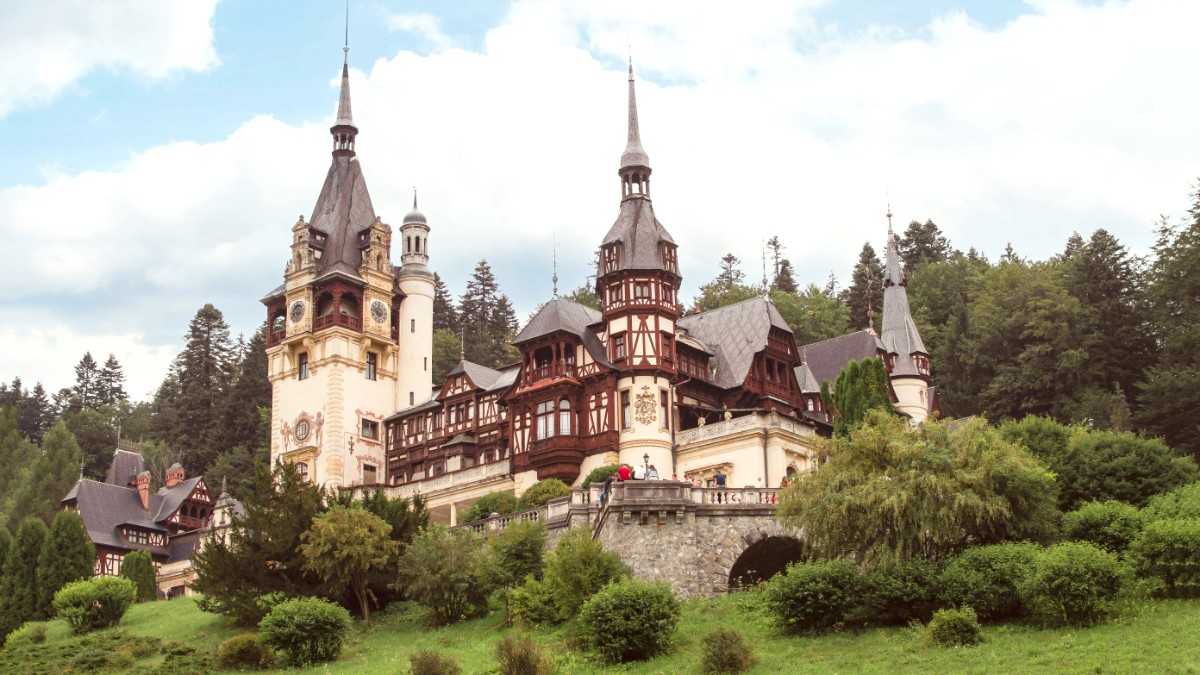
Transylvania, Romania
Sinaia has a local bus system, mainly microbuses or maxi-taxis. These operate on a few main routes, connecting the train station, the town center, and some hotels or attractions further from the core.
For reaching higher mountain elevations, the cable car system (Telegondola and Telecabina) is the main and most popular mode of transport for tourists and skiers.
Main hub around train station (Gara Sinaia) and Dimitrie Ghica Park. Look for marked stops.
Arrive early for cable cars, especially weekends or peak season, to avoid long queues.
Always check mountain weather before cable car use; operations suspend due to high winds, fog, snow.
Typically yellow, display a taxi sign and meter. Hail on street, find at stands, or call.
Metered fares; short ride within Sinaia center 15-30 RON. Cash preferred.
Bolt available, offers transparent pricing and in-app card payments. Uber less prevalent.
Stick to licensed taxis or reputable apps. Be wary of unmarked cars.
Different rental types suit various travel styles for exploring Sinaia and beyond.
Town center, Peleș Castle, Pelisor Castle, and Sinaia Monastery paths are pedestrian-friendly for pleasant strolls.
Self-guided walks are easy with a good map or navigation app.
Limited dedicated cycling lanes. Cyclists share roads with cars.
Sinaia also features unique transportation methods, mainly to access its mountain attractions.
Public transport generally has limited accessibility for mobility needs.
Newer hotels may offer accessible rooms, but older infrastructure can pose challenges.
Main attractions like Peleș Castle have many stairs, limiting full access.
For optimal planning, consider consulting local tourism offices upon arrival.
They often provide up-to-date information on operating hours, current conditions, and special events.